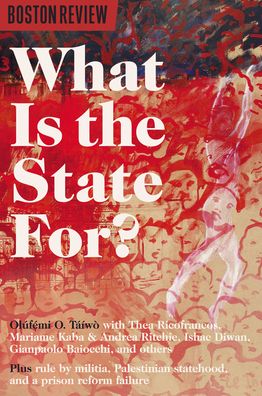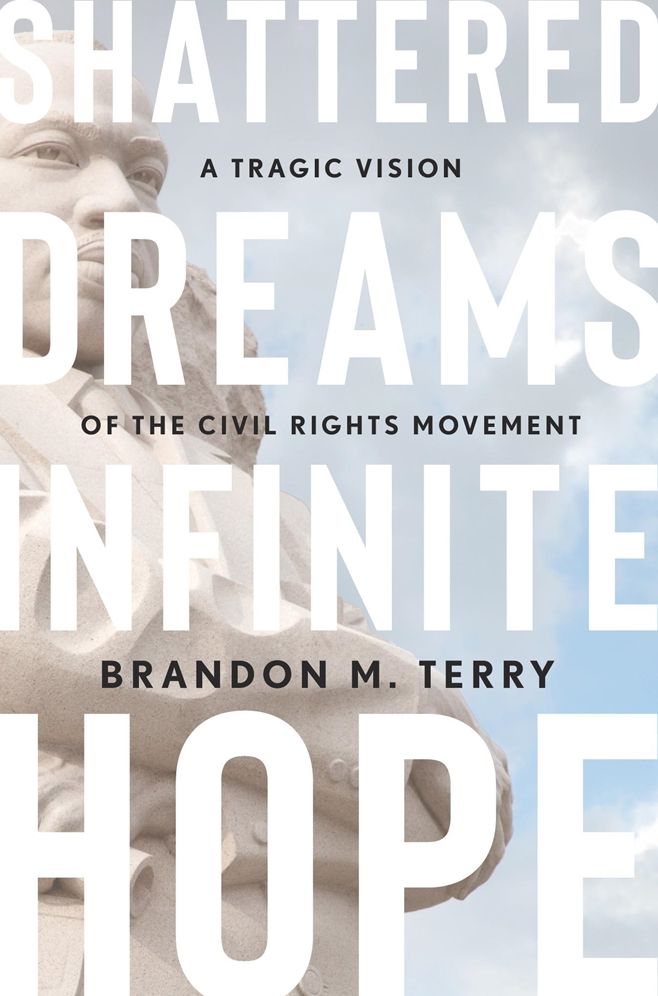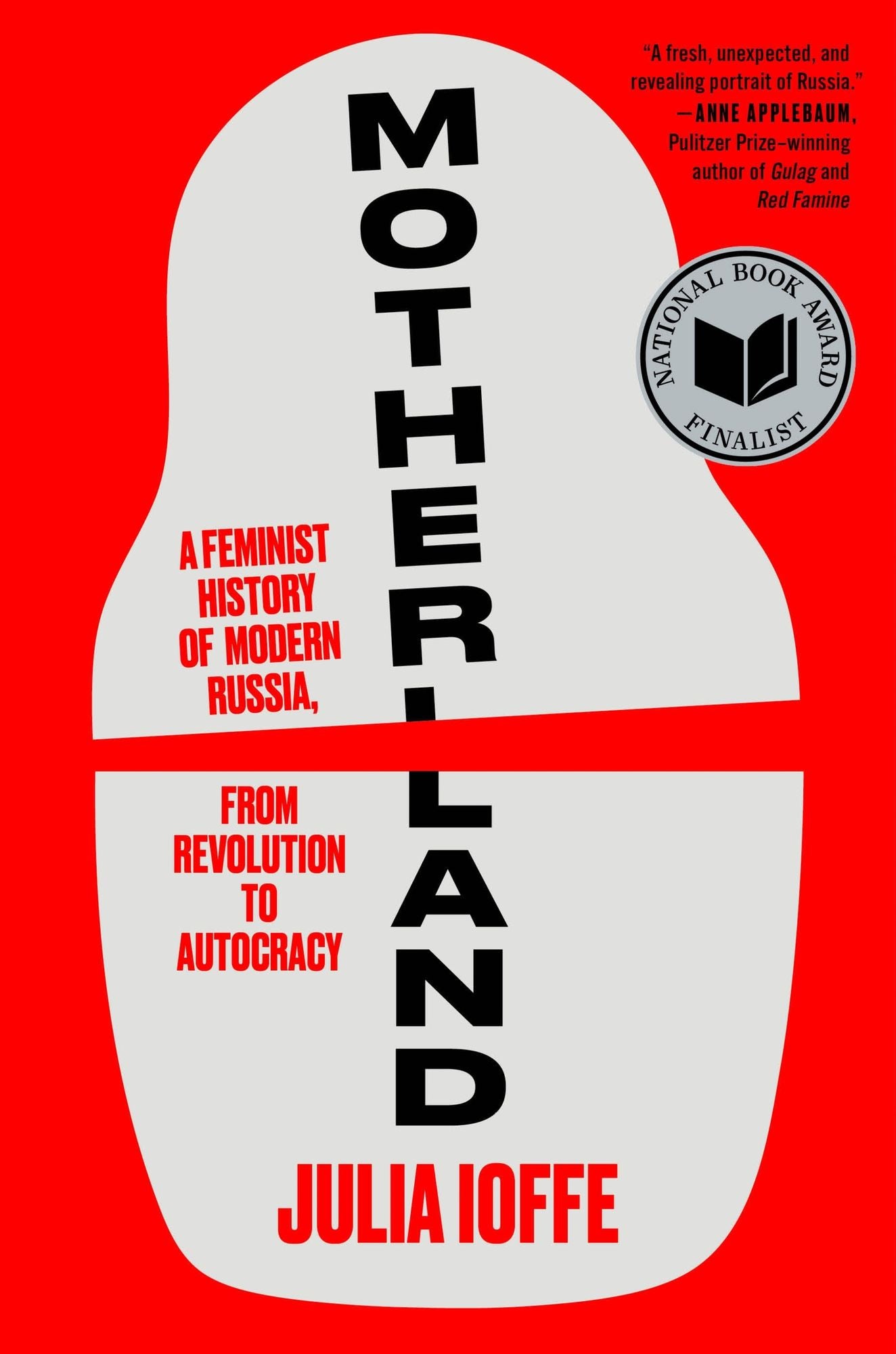
What Is The State For?
Format: Paperback
ISBN: 9781946511874
Publication Date: 07/02/2024
Can the nation-state serve social justice? Should social movements work inside or outside the state? What would a just state look like, and how can we get there?
Leading a forum in the latest issue of Boston Review, Olúfẹ́mi O. Táíwò identifies fossil capital as the principal obstacle to a more just world. We face an uphill battle against carbon’s capture of the state system, he argues, but state politics remains our best path forward. Respondents—Thea Riofrancos, Mariame Kaba & Andrea Ritchie, Ishac Diwan & Bright Simons, Martin O’Neill & Joe Guinan, Gianpaolo Baiocchi, Claudio Lomnitz, and Tara Raghuveer—explore the strategies, possibilities, and limitations of efforts to address the climate crisis and transform the state in the image of justice.
Elsewhere in the issue, Leila Farsakh examines the history and fate of the quest for Palestinian statehood, while Joshua Craze reports on the global rise of militias that vie for power with the states that created them. Astra Taylor and Leah Hunt-Hendrix make the case for a “solidarity state” premised on participation, parity, pluralism, and peace. Janice Fine and Hana Shepherd take us inside a compelling new model of labor law enforcement that is reshaping state and local governments across the country. And Bonnie Tenneriello documents the way prisons neutralize reform, following hard-won legislation to end solitary confinement that has done no such thing.
Plus, Richard Pithouse talks with S’bu Zikode, leader of the Abahlali baseMjondolo movement, about how South Africa’s poorest citizens are doing thirty years after apartheid; Jonathan S. Blake reviews recent books by Philip Pettit, Charles S. Maier, and Natasha Wheatley; and Peter E. Gordon traces the rise and fall of theory’s engagement with “real questions of suffering and social transformation.”
Leading a forum in the latest issue of Boston Review, Olúfẹ́mi O. Táíwò identifies fossil capital as the principal obstacle to a more just world. We face an uphill battle against carbon’s capture of the state system, he argues, but state politics remains our best path forward. Respondents—Thea Riofrancos, Mariame Kaba & Andrea Ritchie, Ishac Diwan & Bright Simons, Martin O’Neill & Joe Guinan, Gianpaolo Baiocchi, Claudio Lomnitz, and Tara Raghuveer—explore the strategies, possibilities, and limitations of efforts to address the climate crisis and transform the state in the image of justice.
Elsewhere in the issue, Leila Farsakh examines the history and fate of the quest for Palestinian statehood, while Joshua Craze reports on the global rise of militias that vie for power with the states that created them. Astra Taylor and Leah Hunt-Hendrix make the case for a “solidarity state” premised on participation, parity, pluralism, and peace. Janice Fine and Hana Shepherd take us inside a compelling new model of labor law enforcement that is reshaping state and local governments across the country. And Bonnie Tenneriello documents the way prisons neutralize reform, following hard-won legislation to end solitary confinement that has done no such thing.
Plus, Richard Pithouse talks with S’bu Zikode, leader of the Abahlali baseMjondolo movement, about how South Africa’s poorest citizens are doing thirty years after apartheid; Jonathan S. Blake reviews recent books by Philip Pettit, Charles S. Maier, and Natasha Wheatley; and Peter E. Gordon traces the rise and fall of theory’s engagement with “real questions of suffering and social transformation.”
Choose options

What Is The State For?
Sale price$19.95
New Releases
Pride and Pleasure: The Schuyler Sisters in an Age of Revolution
Amanda Vaill
Hardcover
Sale price$36.00
Shattered Dreams, Infinite Hope: A Tragic Vision of the Civil Rights Movement
Brandon M. Terry
Hardcover
Sale price$35.00
Motherland: A Feminist History of Modern Russia, from Revolution to Autocracy
Julia Ioffe
Hardcover
Sale price$35.00
















